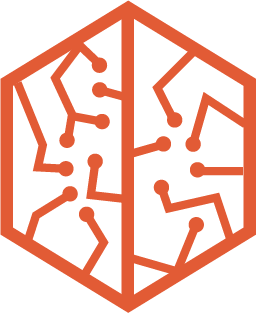Inclusive design too often means attempting to be everything for everyone - however, adding too much functionality most often hinders beautiful and functional design. Inclusive or universal design has many contradicting principles, and I found Graham Pullin's book "Design meets Disability" useful in helping to sort out some of these conflicts. Not only does the book have a myriad of good examples (some of which featured here), but he also suggests a new approach to inclusive design that I have been attempting to strive for with my thesis:
"I would like to propose the term "resonant design" for a design intended to address the needs of some people with a particular disability and other people without that disability but perhaps finding themselves in particular circumstances. So this is neither design for just able-bodied people nor design for the whole population; nor even does it assume that everyone with a particular disability will have the same needs. It is something between these extremes, not as a compromise, but as a fundamental aspiration". -93
For we are all disabled somehow ...
Naoto Fukasawa's philosophy regarding designing products that require no thought is also very relevant to my design, as such a product truly allows for cognitive inclusion. His Muji CD player is a classic example of this.
"Fluidtime", a time piece by Crispin Jones and Michael Kieslinger at the interaction Design Institute of Ivrea, demonstrates our events based perception of time and proposes an alternative. This is not unlike what I aim to do with my sculpture, as exercising requires breaking up the habits my user currently has in place. The sculpture needs to not be a distraction, simply indicate the state in a subtle manner. Pullin states in his book:
"In Fluidtime, the movement of an abstract object on the wall of the design studio reflected the progress of a communal washing machine in the laundry block - meaningful if you knew what to look for, but otherwise discreet. Only when the washing cycle had finished and the machine was free for the next person to use did the display unfurl an array of bright blue ribbons. It was "Designed to be unobtrusive until it had significant information to impart", and in this way it worked well in the background of an architectural space." - 262
The objective is to make it a useful and beautiful indication of time in relation to your body.
- Utilitarian: The object has a specific function aside it's main purpose. This is one that correlates to your body algorithmically. If you fail, the function starts to fail. Furthermore, the stigma within disability is much derived from the fact that assistive technology solely serves one purpose.
- Sculptural: When not used, it is pleasing to have around and serves as part of your interior decoration.
- Time Piece: It serves as an indication of your body, only for those who know how to read it. Hence, it is a visual language system that correlates to the wearable, and communicates time to the wearer and potential caretakers.
- Reward System: It shows you when it is proud of your accomplishments by acknowledging your presence. It shows you when you could have done better by demonstrating tension. The object in this state shows how close it is to loosing it's specific function - just like your body could when not taking care of it.
Alessi is in this sense a great source of inspiration, as they are known for designer objects with a personal and humoristic touch. I'm not sure I want to go for something quite as "fun", but many of their tools exemplify how playful touches can truly be integrated into a product to communicate emotion.
I was at Reuven Israel's "Multipolarity" exhibition a few weeks back, and realized here how the aesthetic qualities are very similar to what I aim to achieve in my final design. Read more about the exhibition here.
Find a long list of precedents and inspiration on my thesis Pinterest board.








